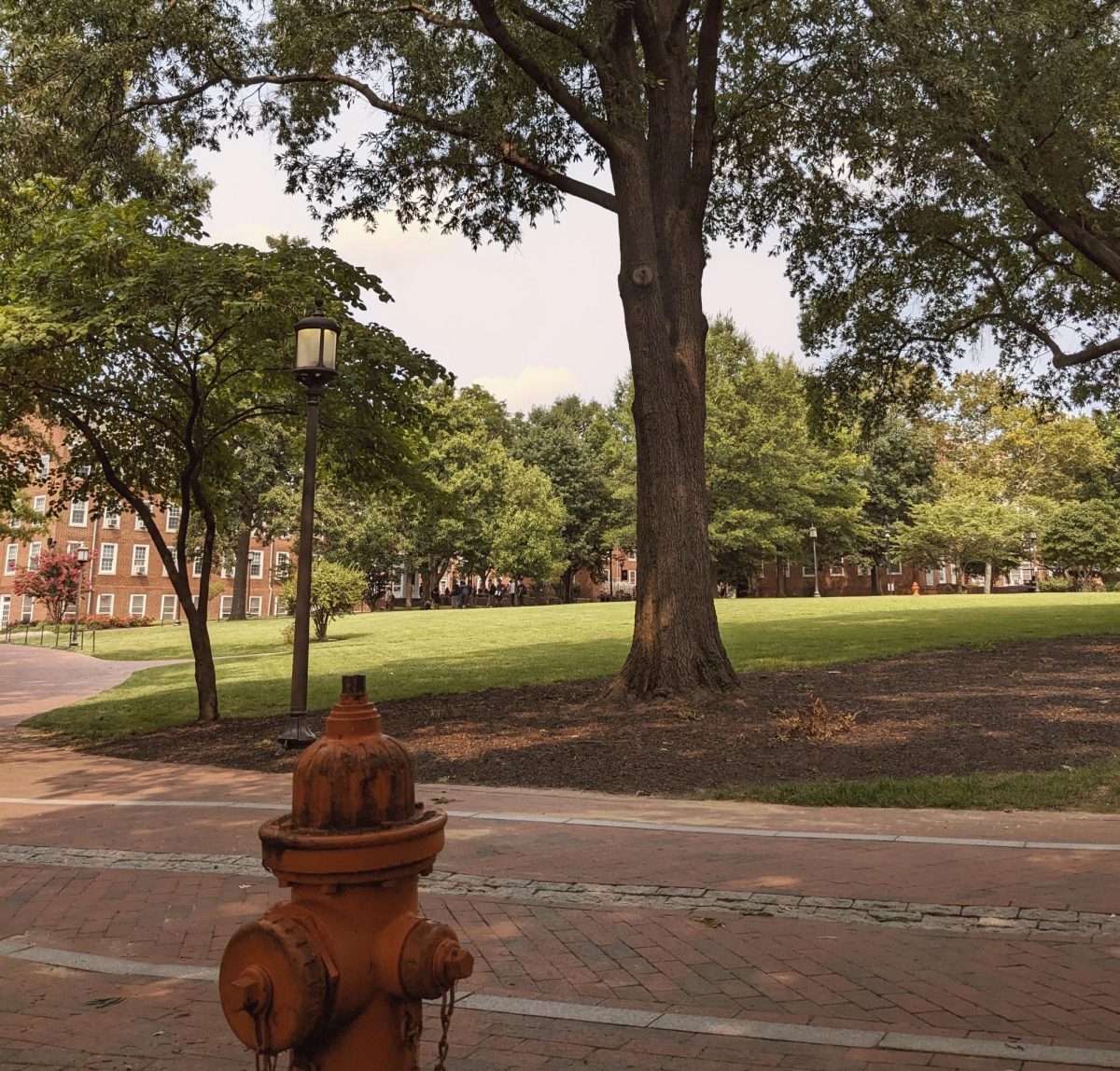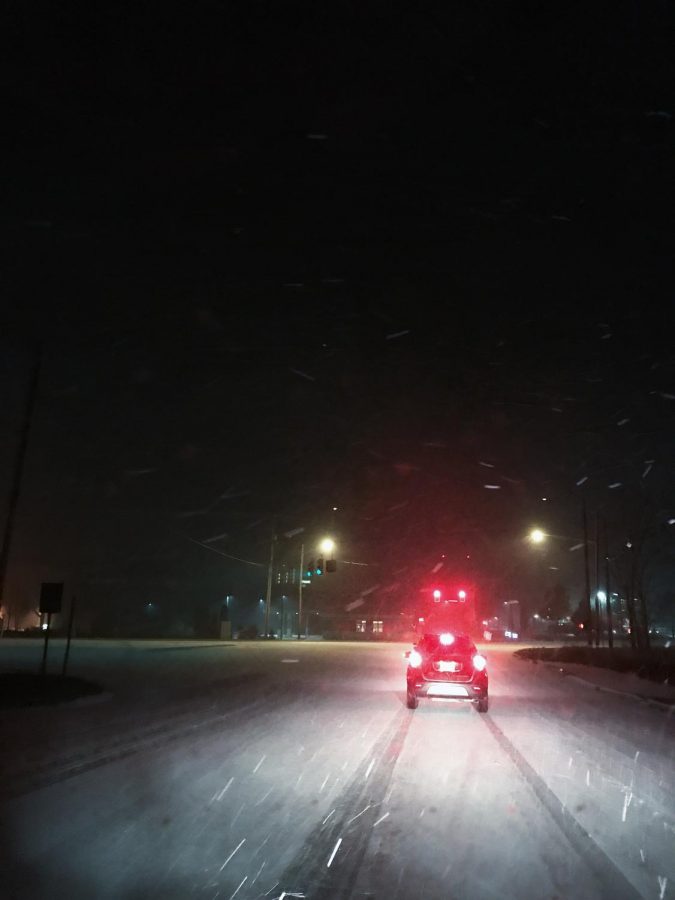Safe driving in the winter is under appreciated
Picture this: you’re driving home, late at night, down a fast-paced road. Normally, you’d be fine. Today, however, you can’t see a thing.
The snow has become a dust storm, through which nothing is visible; you can’t even tell if you’re in the lines or riding the curb. You feel as though the wind is shaking your car, pushing it in and out of your intended path. The air howls and attacks the windows with each snow-bullet that pelts the glass.
Cars all around me are going about 35 miles per hour; I, too, follow this trend. I let out a breath of relief at the group consensus of a slow speed. Suddenly, a car tries to pass our herd. It weaves in and out of this matrix of slow cars, speeding off into the night.
I shudder, thinking about how fast they must have been going.
In reality, the car was probably going at the speed limit of 55 mph. Any other day, I would be right on board with them. With ice on the road, though, I am adamant in driving at a much slower speed.
The first snow always spooks me. As much as I love winter, driving on thin layers of ice chills my heart more than the temperature outside.
Safe, slow driving is underrated, under appreciated, and under executed. While I take it easy on the icy roads, other people try to speed by. I know deadlines don’t change in the winter, but driving conditions do.
Essentially, being on time in the winter is the same as being on time during any other season. Sometimes, I have to leave my house earlier so that I can take the roads slower. However, I’d rather lose a few minutes of sleep in the morning than lose my car in an accident caused by speeding on ice.
Take it easy. Take it a little slower. Take it with a calm composure but high alertness.
Each year, there are over 5.5 million vehicle crashes. Almost 22% of these accidents are weather-related, which includes sleeting, snowing, and icy conditions. 1.2 million crashes every year. 1.2 million lives affected by the cold weather, affected by vehicles losing control, and affected by the adverse conditions.
A map of the United States’ winter road conditions shows that Michigan has the highest winter accident fatality rate. In addition, Michigan is at the highest risk level for car crashes in snowy weather. The cold, hard numbers show how dangerous winter driving is, and yet, people still don’t give the icy roads a second thought.
When you can’t see the lines in front of you, when the snow hinders your vision like foggy glasses, when your wheels shake on the low-friction pavement, take it easy. Take it a little slower. Take it with a calm composure but high alertness.
I try to live by a moral of never judging people on the roads. If someone is a faster or more aggressive driver, I let it slide. I try to trust that they have their reasons and that it’s not for me to critique other people on their driving. I don’t know what’s going on in their cars; I don’t know what prompts them to rush.
However, being a driver in the winter requires more patience and consideration from everyone. I don’t think it’s unfair to expect that each person should do their own part to stay safe on the roads.
If everyone around you in both lanes is going 20 miles under the speed limit, why would you try to go any faster?

Irene is a senior who loves linguistics, long runs, and laughter. She also enjoys airports, thunderstorms, and long drives to the middle of nowhere.


























































































